October 1, 2017
Martha O'Kennon
We finally got a respite from the awful heat and humidity on Wednesday. Last night I opened the window and woke up really COLD! Wonderful! Even though I didn't get so much outdoor time, we have had some really wild new bugs to show you.
The water lilies are still blooming but slowly becoming sleepier and sleepier. Now I've put a netting over the pond to keep out the leaves that are starting to fall (maple, redbud), and hope the net doesn't weigh down all the wildlife in there. I haven't seen Froggy since laying down the net, but have tried to leave some spaces big enough that he/she can go in or out. There are now only tiny patches of still yellow goldenrod, and they still attract a few little wasps, mainly the bee wolves, which have continued to be faithful visitors. The asters didn't hit their high point this summer because of drought, even though I've watered every few days, but individually each plant has been gorgeous. By the way, the pink variants seem to be becoming deeper pink - almost as hot pink as the original Eve of the garden.

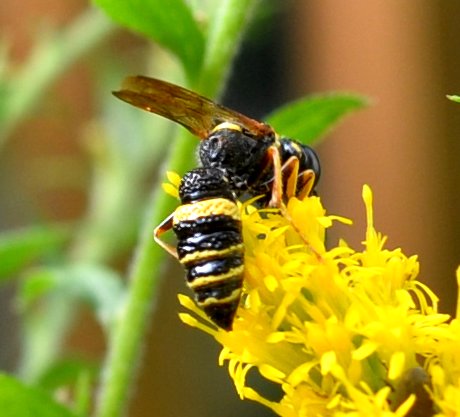

Remember that there is information in the name of the file for each image. You can see it by mousing over the image - look at the lower left of the screen. Or you can click on the image to get to the (usually) larger image. Then the info is displayed in the address line above. Sometimes the second click will actually display a different view of the original image.
A familiar ant and a new barklouse(We have seen it but it's been at least a year since I noticed it!). Third here is a bee that I was calling a green sweat bee. But it turns out to have a much fancier name, the Bicolored Agapostemon Bee, which was pointed out by a member of iNaturalist.org.
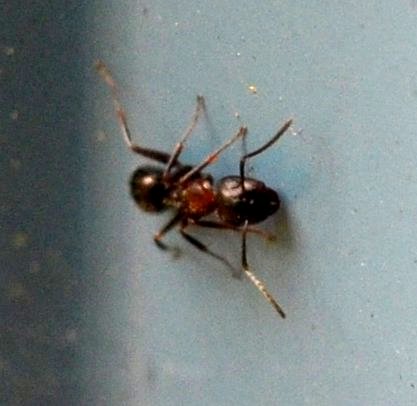
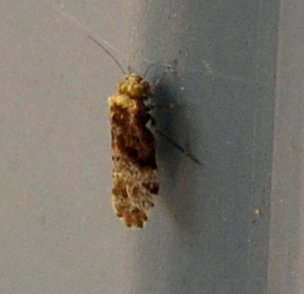
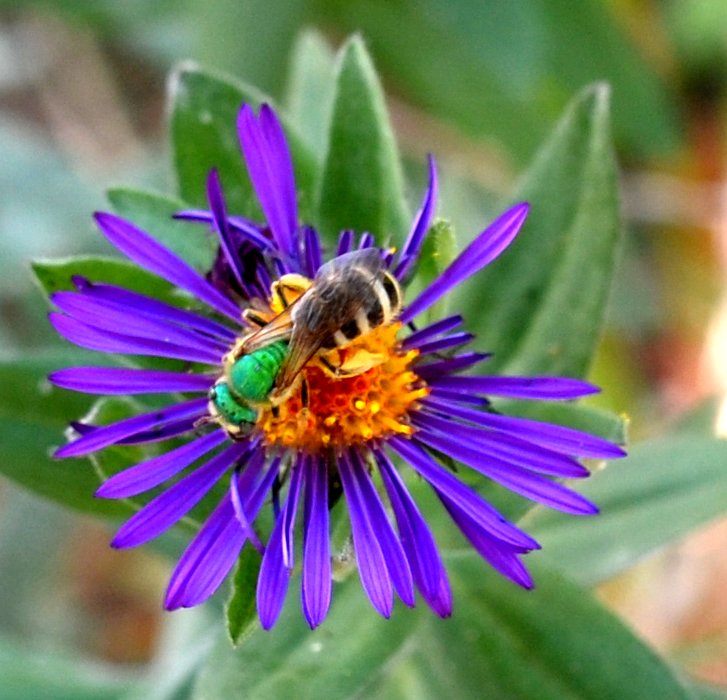
We've talked about hover flies, but here is a bumblebee hovering above an aster flower, and another already on the flower. And one bee that LOOKS very bright blue - I haven't seen another so it could have been a trick of the light.
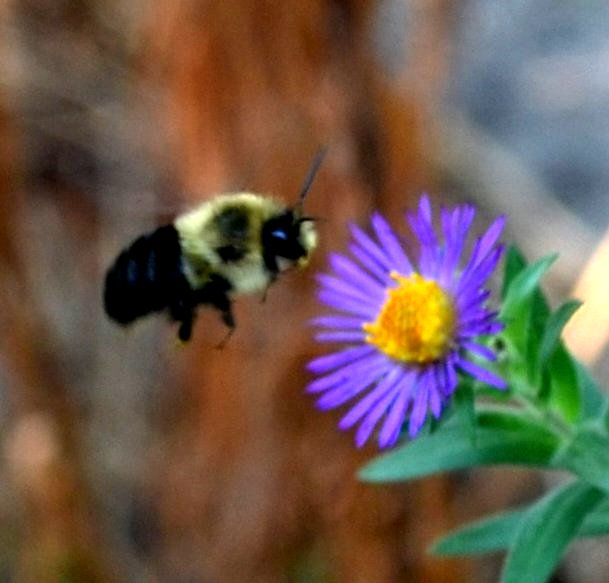
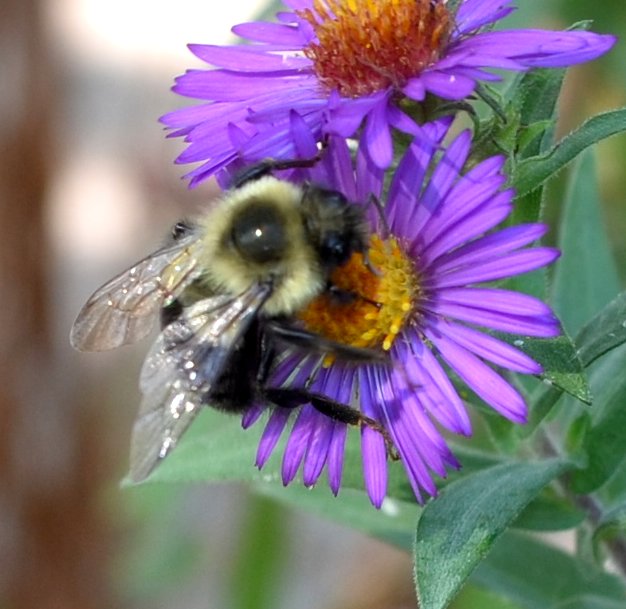
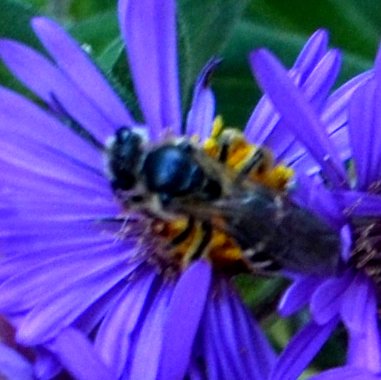
This tiny black bee has a taste for aster nectar. But the next one (is it a bee or a wasp?) is faithful to its goldenrod.
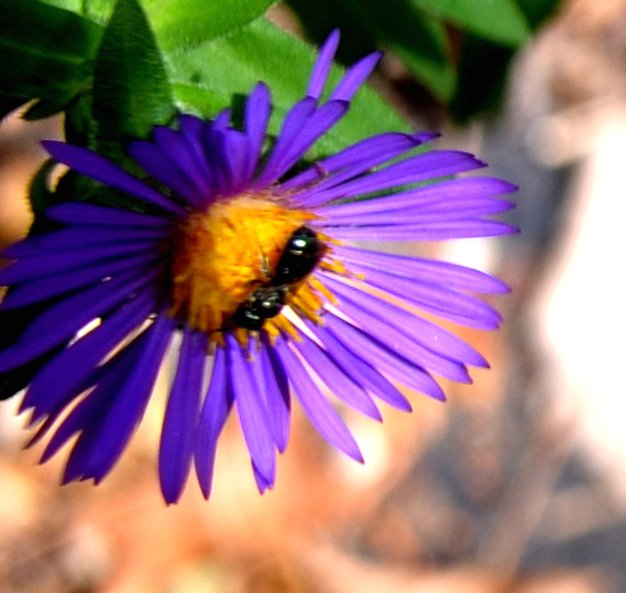
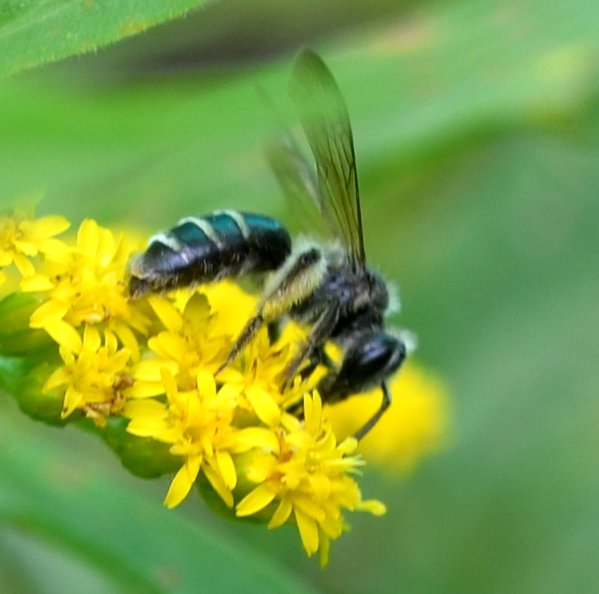
Beetles are said to rule the world. I love their bright colors (when they have them), like the chartreuse in this Spotted Cucumber Beetle, and of course the lady beetles: here is an Asian Lady Beetle. Now for something different - this little prickly-looking thing is a baby lady beetle. Yesterday I found a half-dozen on the porch wall!
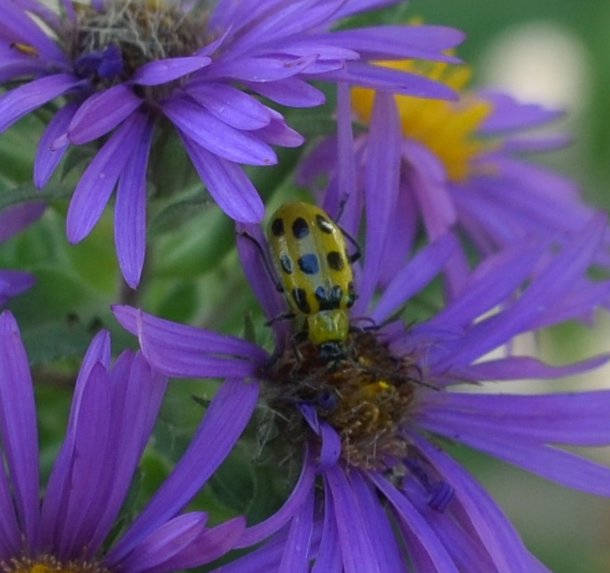

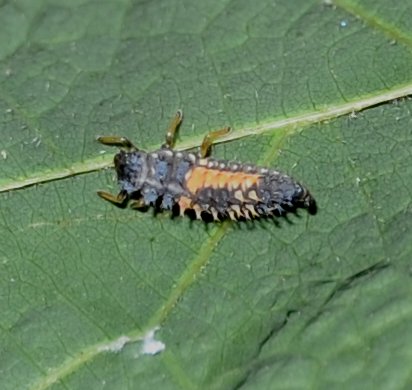
Last night I took a stroll around the shop and found quite a few weevils: this brown one and this old friend the Black Vine Weevil. But Thursday afternoon I found this amazing beetle on the shop siding. I had no clue what it was, but a friend at iNaturalist.org identified it as one of the many Snout and Bark Beetles. I still haven't matched it up with anything that has such a claw-like snout! The last two images are both of this observation.
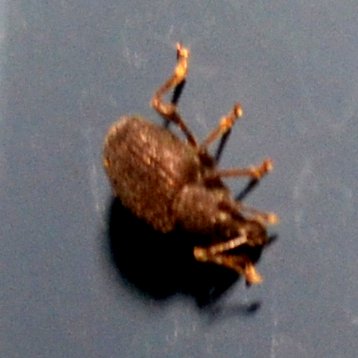
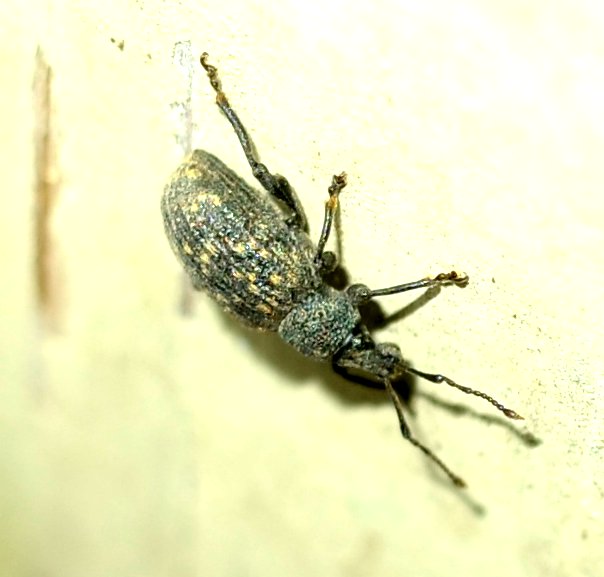
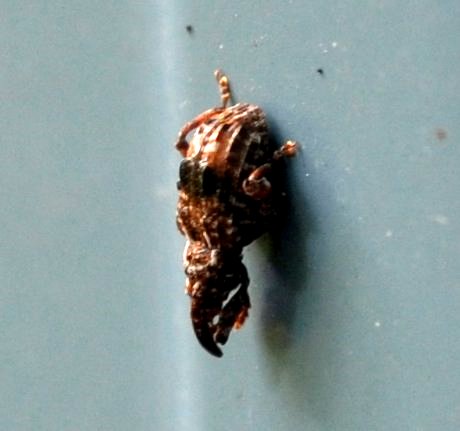
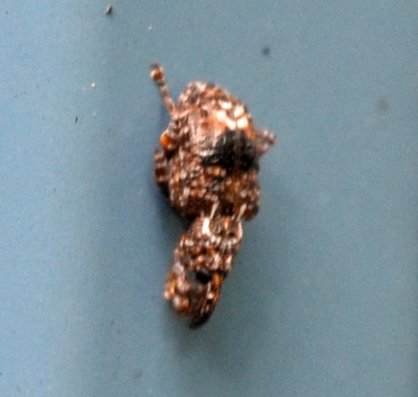
If this first image is not of a katydid nymph, I'm puzzled. It has the banded antennae of a nymphal katydid and we can't see any slurpy-maker (or rostrum). The following assassin bug nymphs don't have banded antennae and they have red eyes. The third image is of an even older assassin bug nymph taking down a kind of little black and white fly with red eyes. ItS slurpy-maker seems to be buried in the fly's body. I don't know if they can collapse like that or not!
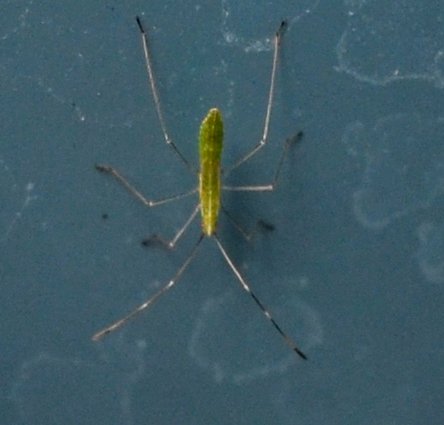
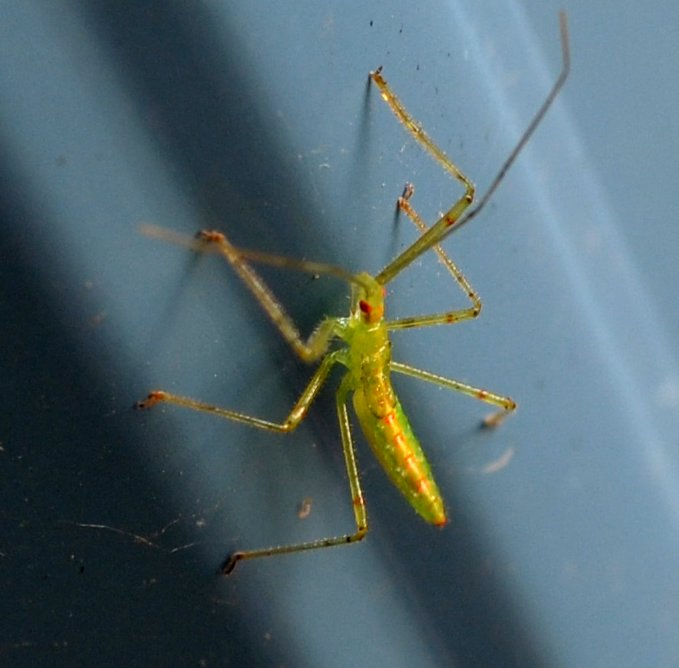
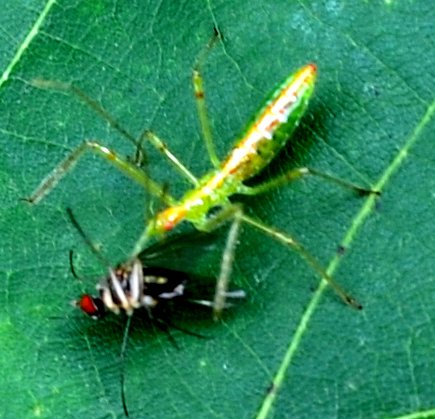
Here's that bug that seems to be morphing into a full-fledged brown marmolated stink bug. I'm still not sure this folk- genealogy will hold, but those deplorable bugs are all over the place. I don't ordinarily murder the little denizens of my space, but I've been slapping these ones whenever I see them lately. I spotted this Western Conifer Seed bug through the screen of a second-story window and then spent a quarter of an hour leaning out the window to photograph it. Needless to say, it walked as fast as it could away from me.
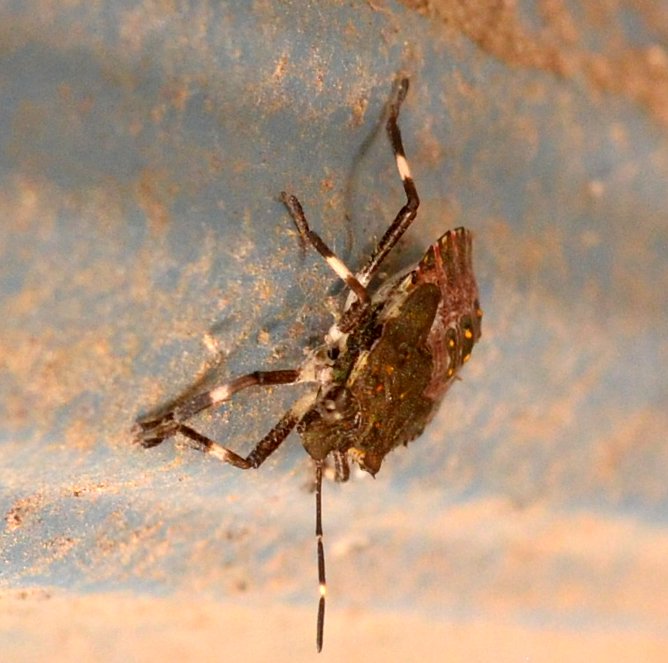
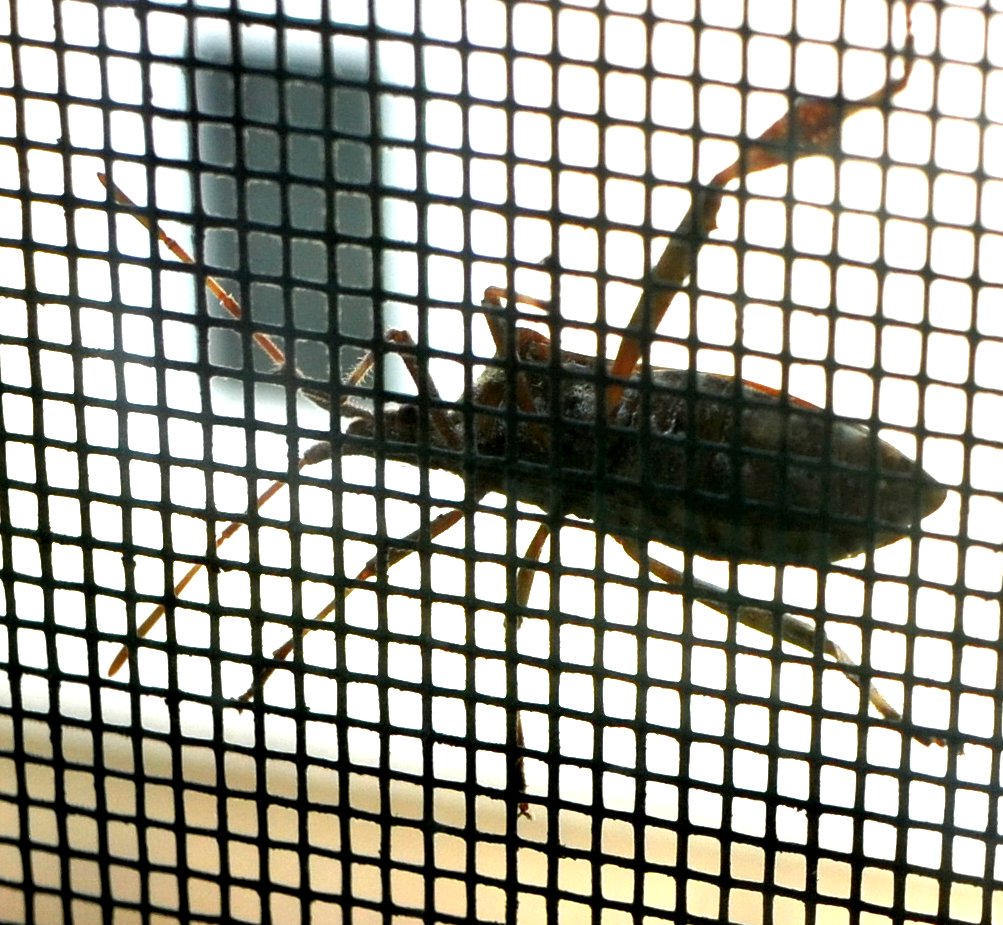
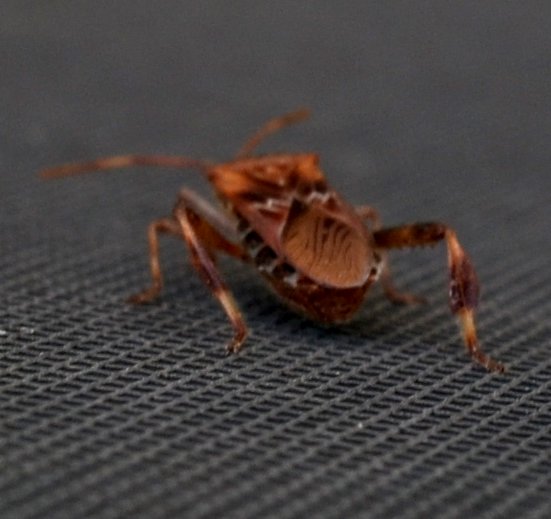
Meanwhile, here is the so-far innocent reddish stink bug and also an older version of it (I think) with a pretty array of pixels. And third, one of those mysterious nymphs.


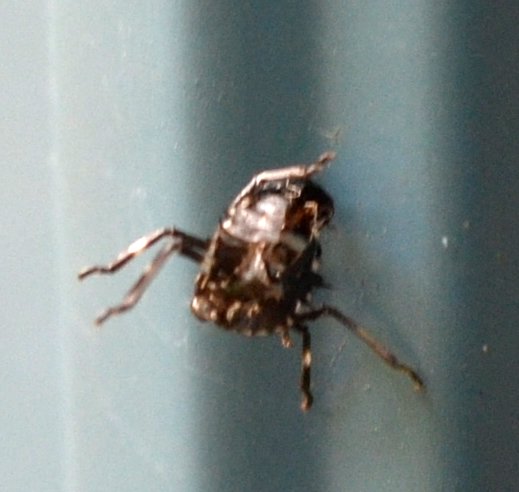
We had a pretty good crop of leafhoppers too. Mostly those red and white ones that look pure white while you're looking right at them. Here is the rogues' gallery.
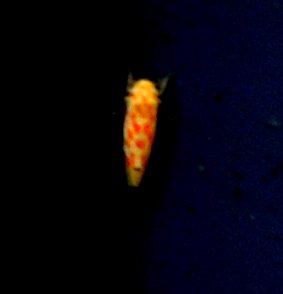
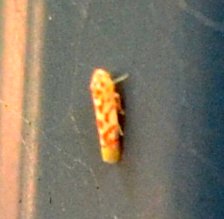

Looking at this leafhopper, I started wondering where I'd seen the littler critters in the picture. I had convinced myself they were the nymphs of a leaf-footed bug, Acanthocephala terminalis, but I now know they are the nymphal skins of a barklouse! The third picture is of one of the instars of Acanthocephala terminalis, and you can see why I was confused!
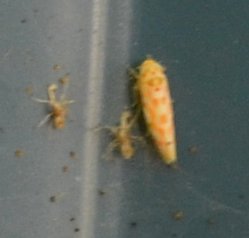
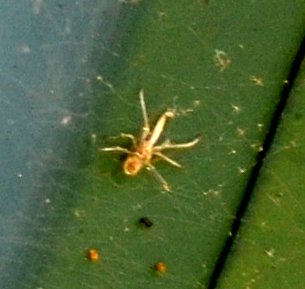
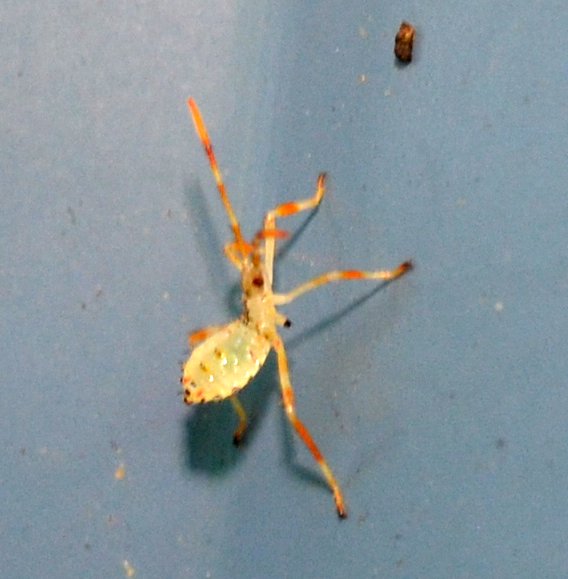
Here is a Lygus plant bug walking away from me. And a tiny little white bug. It's a whitefly, and supposedly a pest of Cannabis. Who knew? Last bug: I thought it was a bug, but was pointed to the crickets. It seems to have lost a leg and maybe more of its nether regions. Nobody's safe these days.

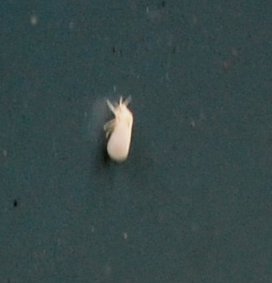

Just a quick look at the colchicums in back and front yards. First a mass of them in the backyard, then a singleton, finally a single flower from the "waterlily" variety in the front.

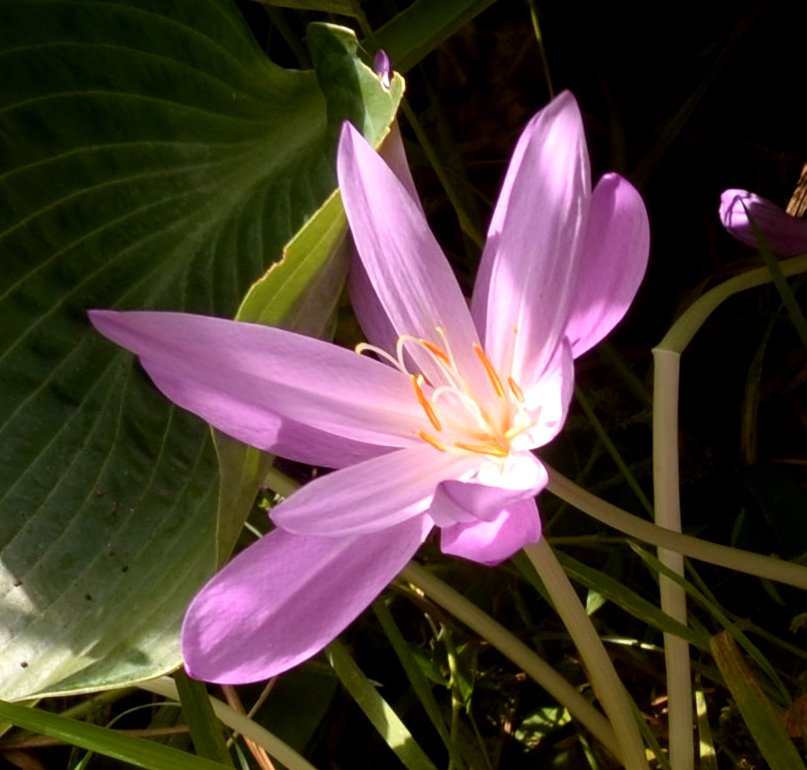
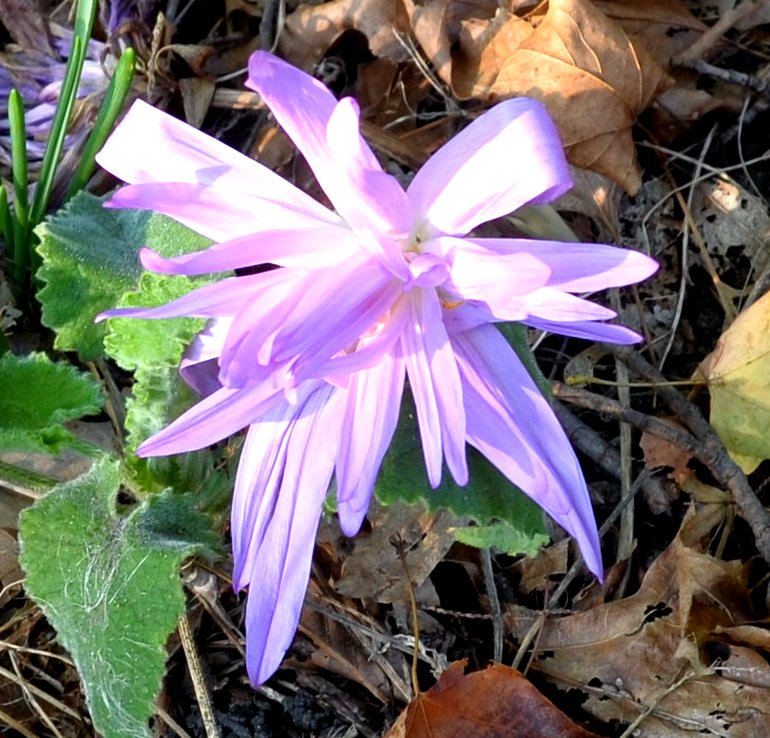
While I was out photographing in the dark last night, this earwig popped up. It looks as if its head is bright red in the light from the camera. Otherwise, it looked like an ordinary European Earwig. That's very puzzling, isn't it? Next in the line of mysteries, is this an egg case or not? And if so, whose is it? I labeled this cricket a female tree cricket, but I rather think it's a little plumper in the thighs than a tree cricket. We've had quite a lot of jumping bush crickets and so I'm changing my mind to that. Their legs would be a bit beefier so that they can jump far. Tree crickets tend to be slimmer. Here's a pine tree cricket from last year.

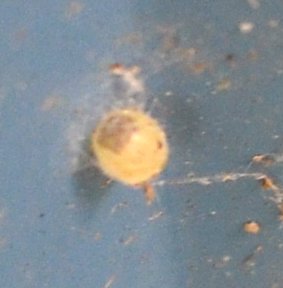
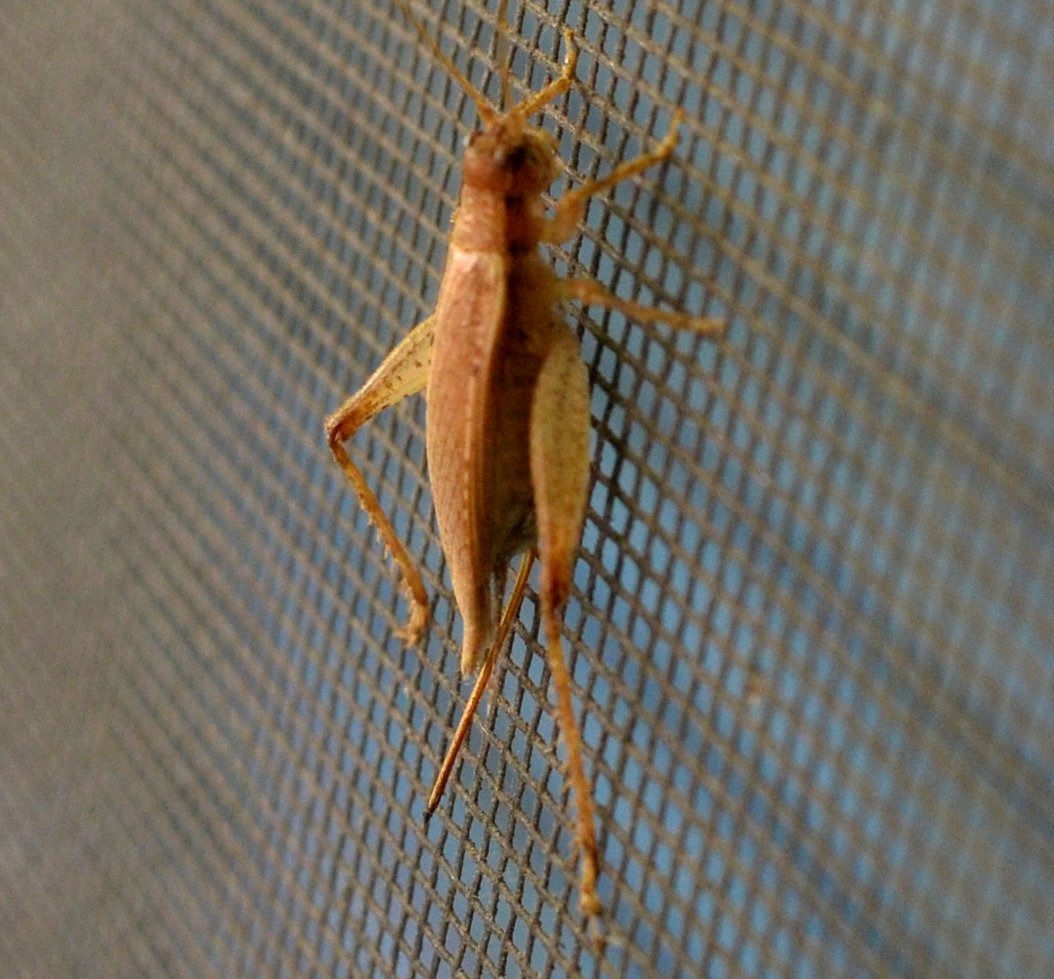
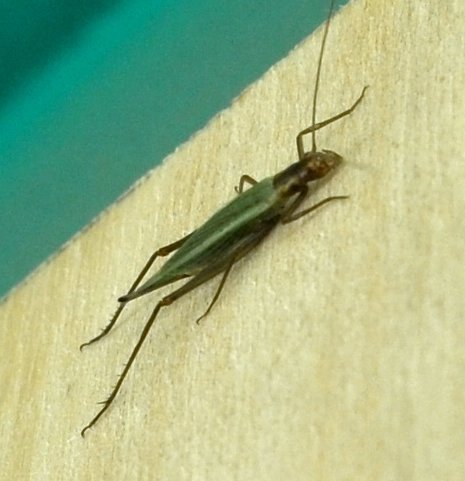
Now to the flies. You know how much I like them - and the variety seems never to end. First is one from the Eupeodes genus, and a female (note the wide space between the eyes). The next one is probably Toxomerus gemminatus. I'm guessing at the next one (I didn't see it hovering) but it seems the right size - and very pretty with its see-through wings, exposing its nice body pattern. The last image shows one on a flower and the other in the air.
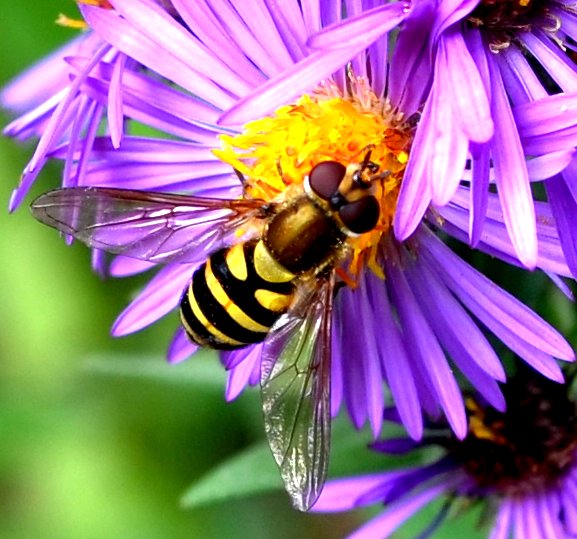
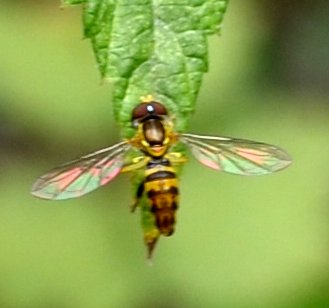
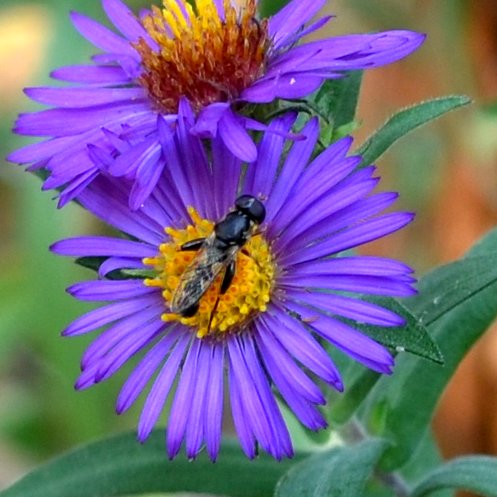
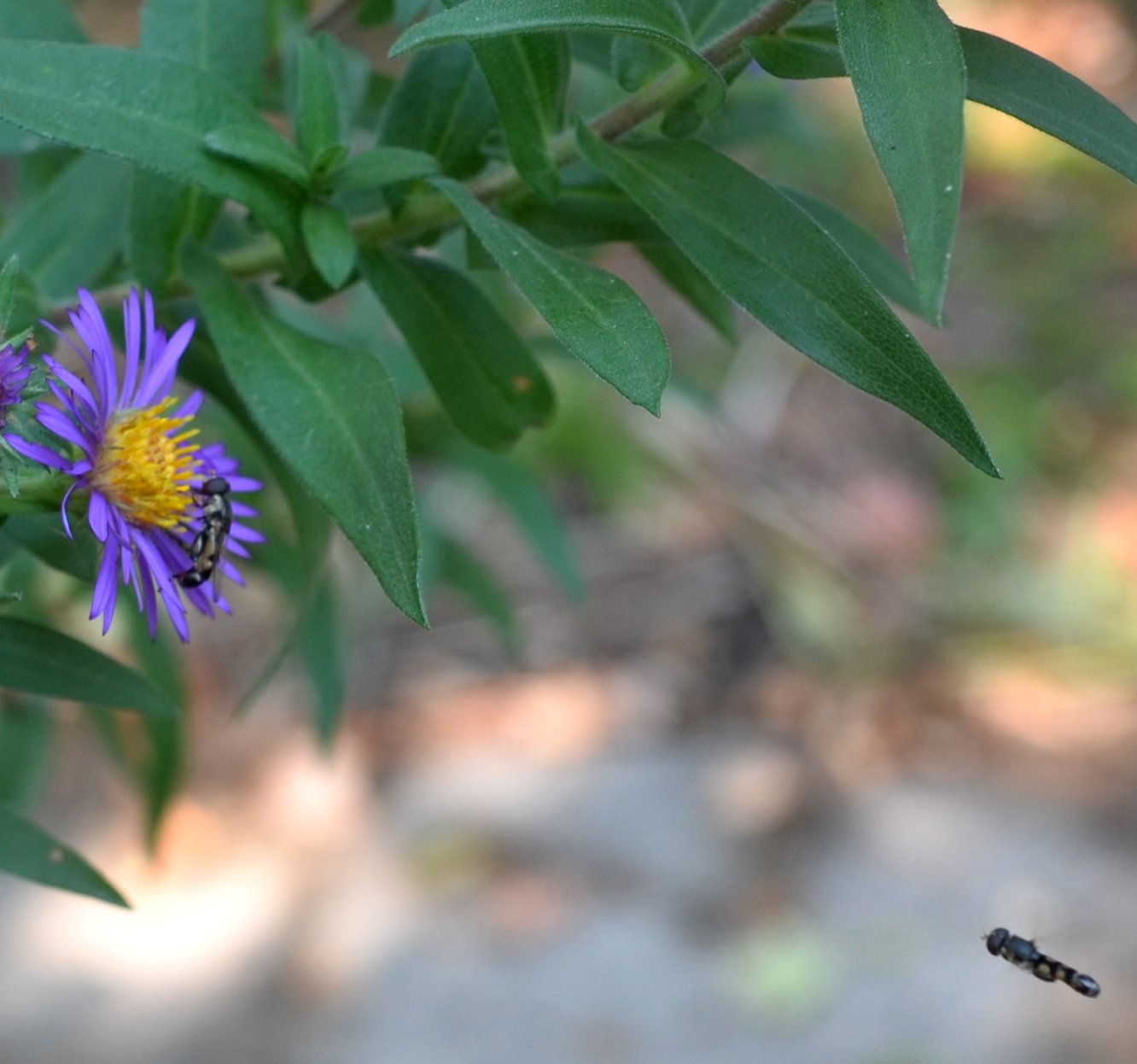
This first fly may be a midge, one of the ones with the long abdomen, and the mosquito in the next frame is daring me to ignore it. And the last one is currently entangled with a spider.
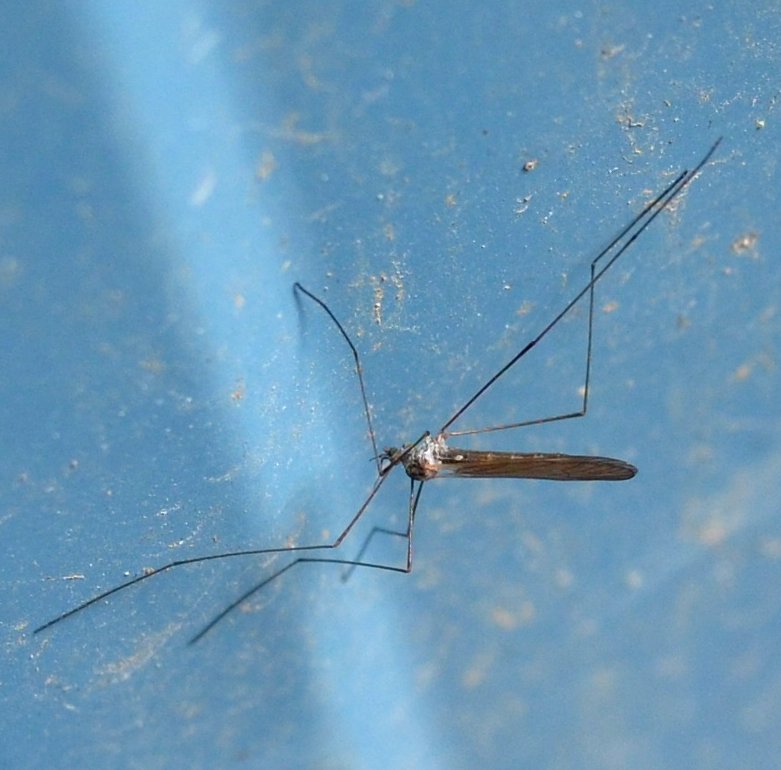
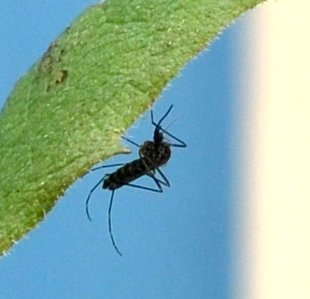
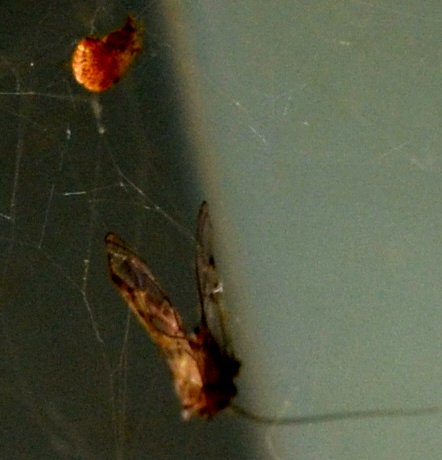
Here are one of the bright orange flies, the ever-present root-maggot fly, and a big fat fly.
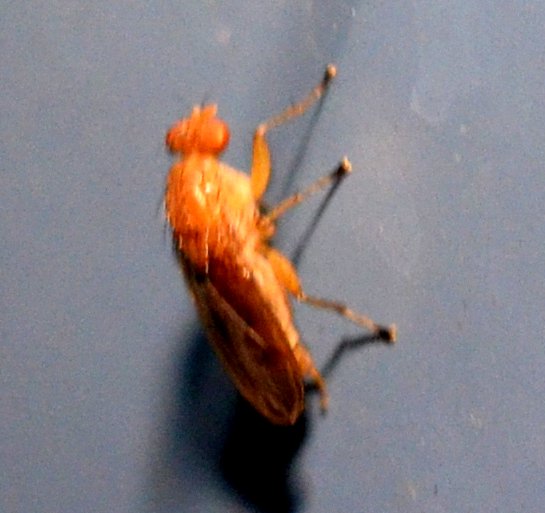

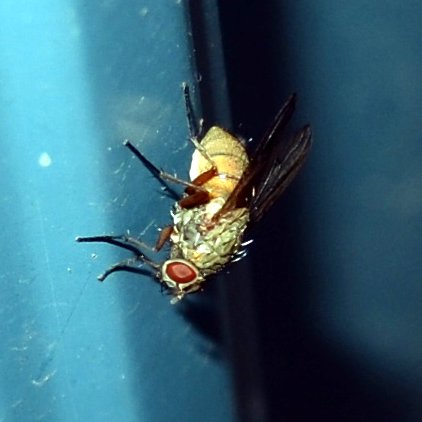
Is this a striped fly or a black and white wasp? Looking at the eyes, I'm going to go with fly. Next is a woodlouse (pillbug) fly, and then there's Froggy! I hadn't seen him for a few days and then all of a sudden he leapt to the edge of the pond from behind, swallowing and swallowing as if he had just had a great big lunch.
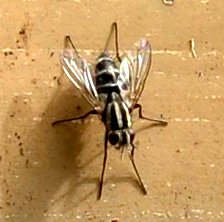
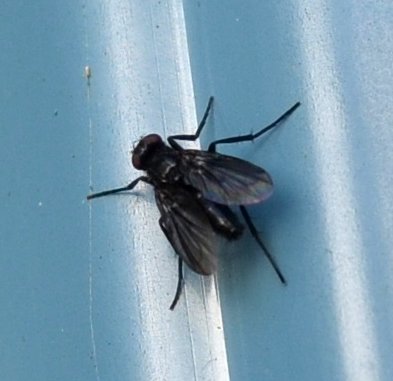
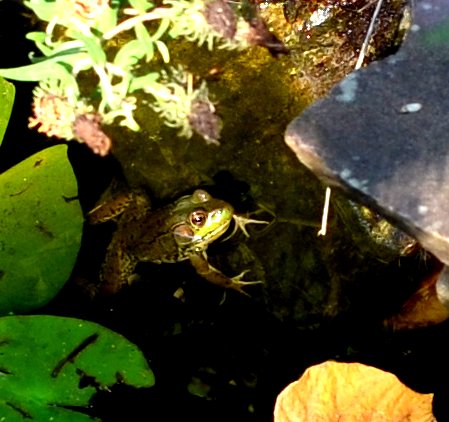
At first I thought this was a kind of ichneumon wasp, and maybe it is.
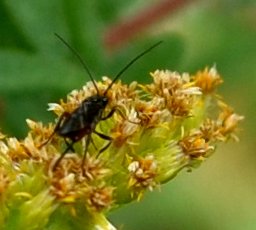
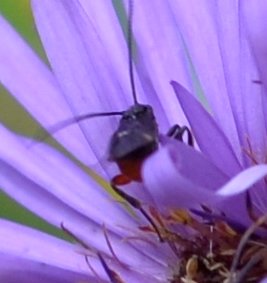

Here are a couple of harvestmen, the second a bright red fellow. The third is bright red too, a red mite sitting on a bolt.
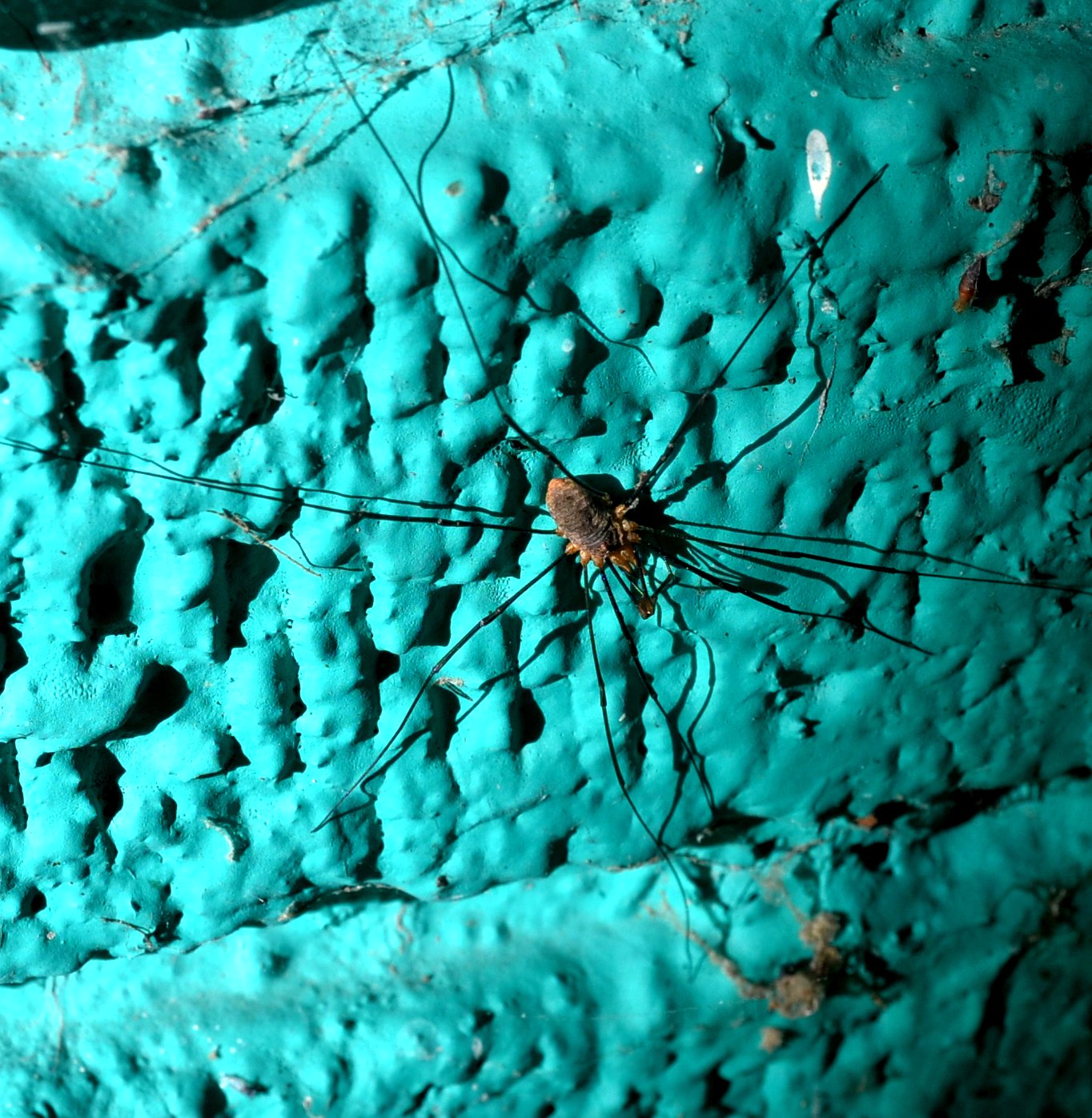
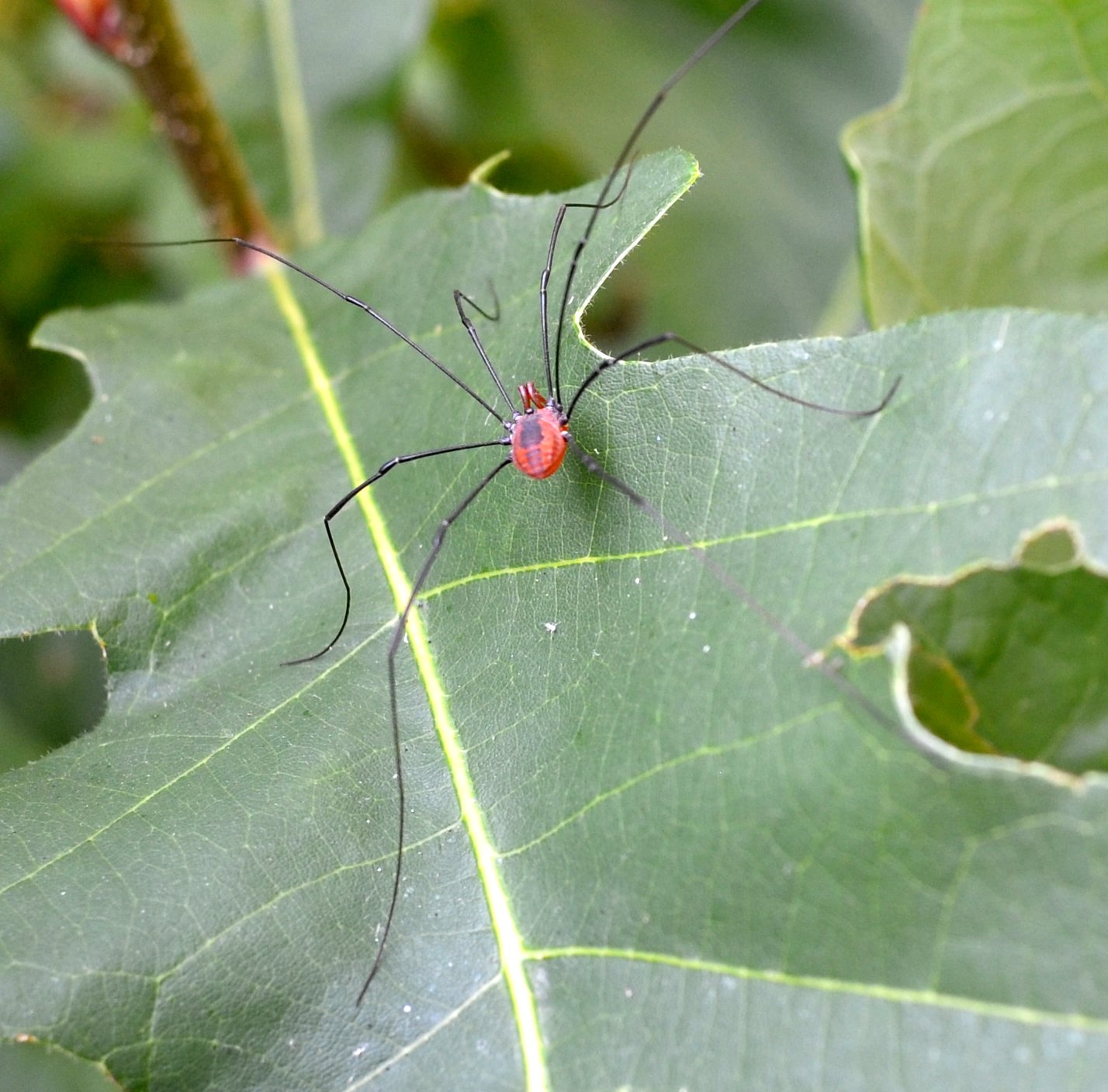
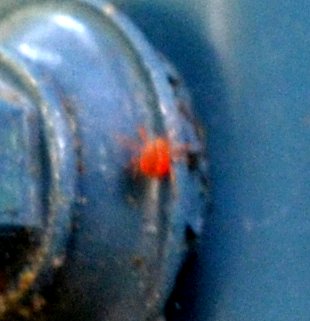
This dead leaf was sitting on a large leaf, and almost fooled me, but turned out to be a moth, the Celery Looper (meaning its caterpillar is a big inchworm). When I went back and found the photo I took of it last year, it turned out that (even though this one had appeared on the same date last year) it was a different species. Both exemplars have that funny little white logo on them. I wonder what the evolutionary advantage is for that little logo. They're followed by a single scorpionfly.
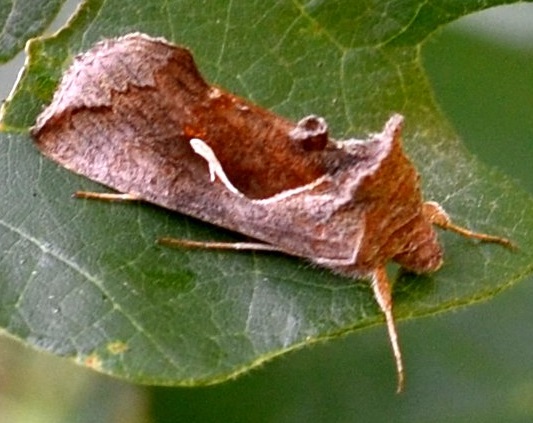
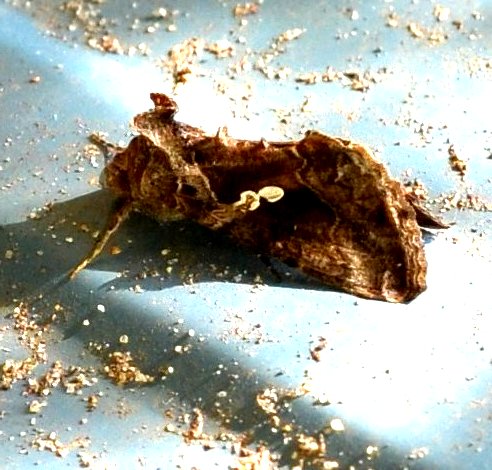
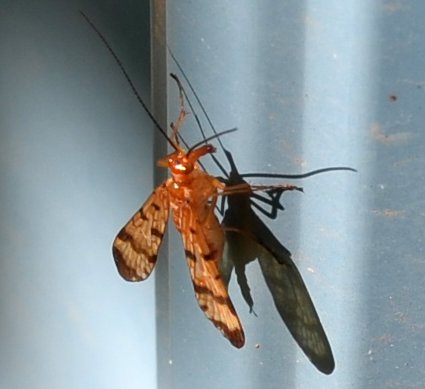
Let's now see a few spiders. First, a common house spider, then two crab spiders, both Northern Crab Spiders.
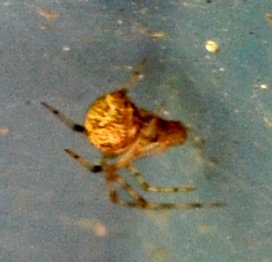
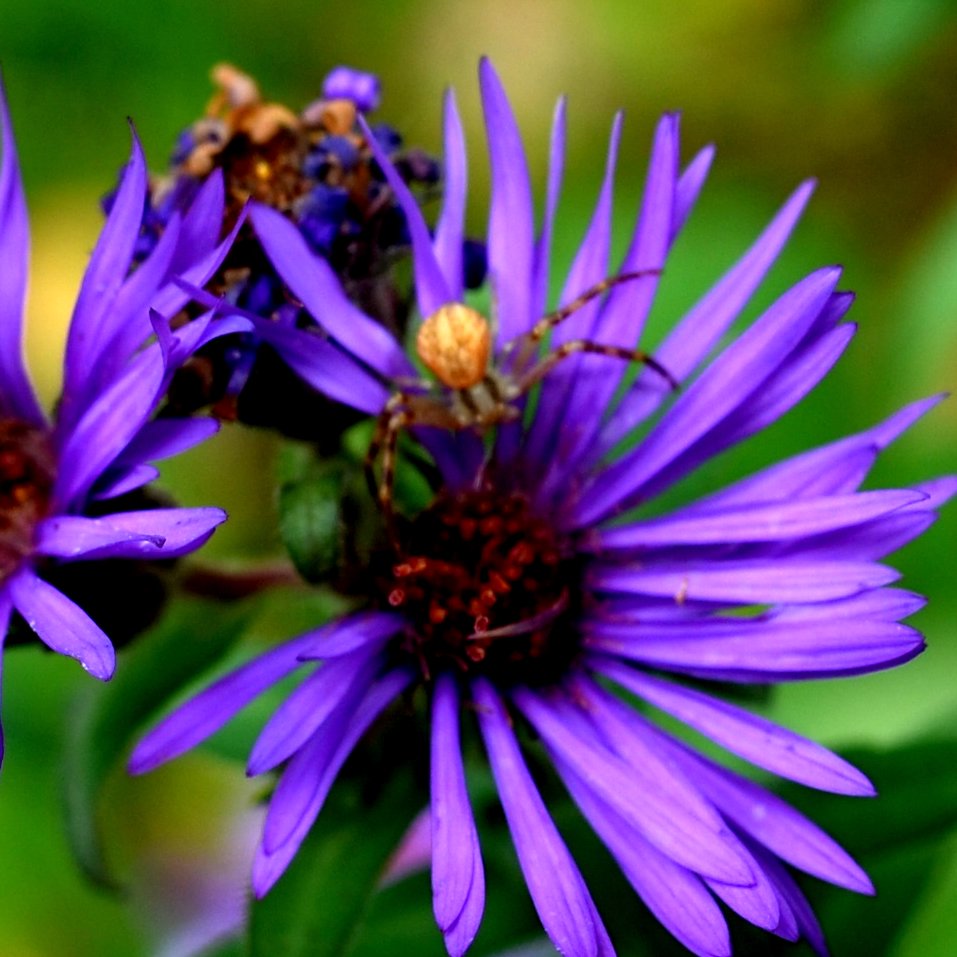
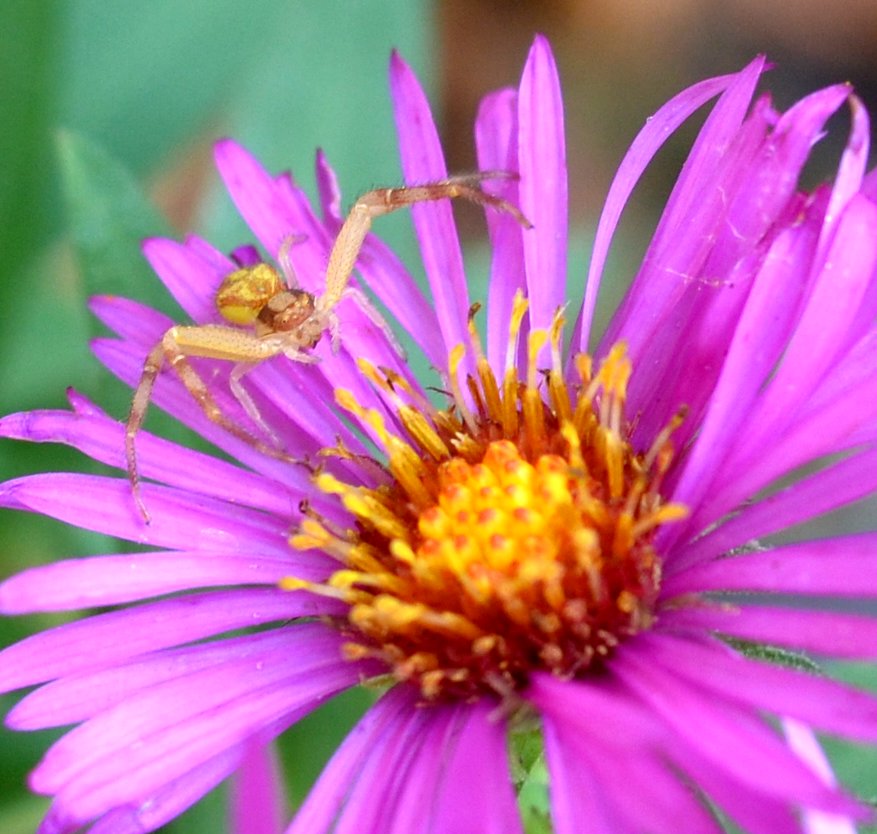
Here are two Grass Spiders: the second seems to be pregnant. Finally, my favorite jumping spider, Naphrys pulex.
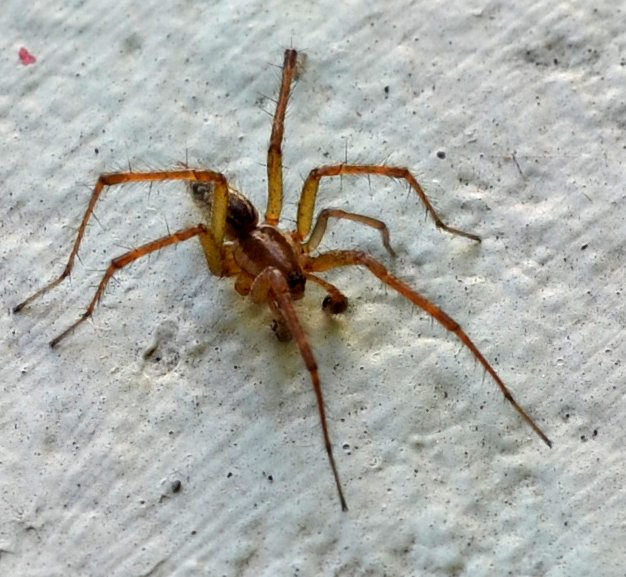
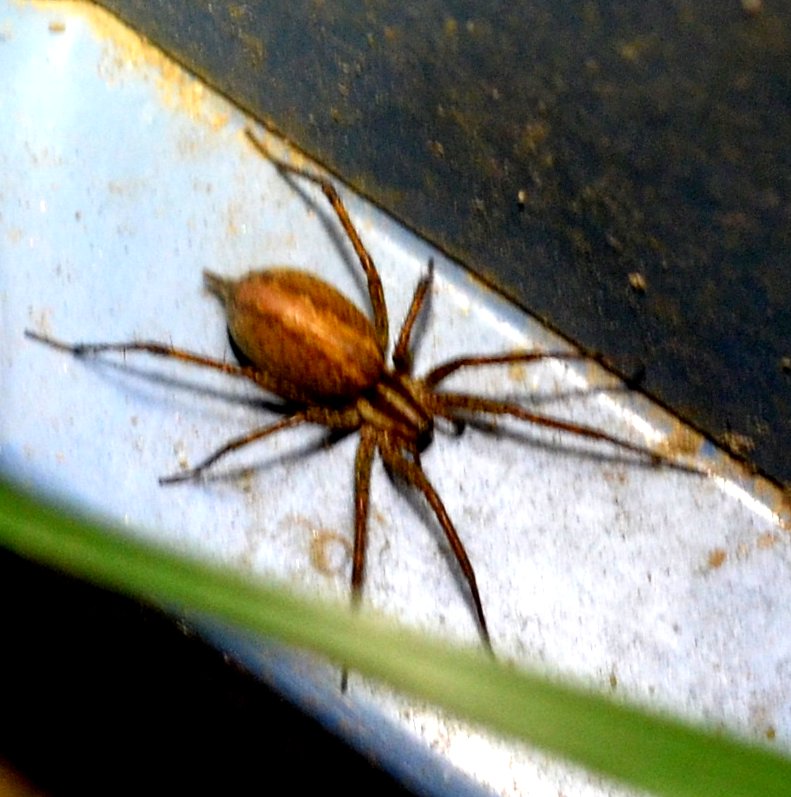
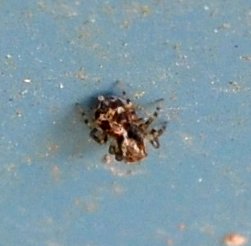
Oh my dears, the goldenrod is over except for a few tiny patches of bright yellow. It was a veritable symphony of buzzing and bouncing, as a larger insect would displace a smaller. No manners at this table... The Locust Borer Beetles are gone, as are the Northern Paper Wasps who had added their brilliance to the overall splendor. I took shot after shot this week but they are all Bee Wolves (Philanthus gibbosus), first to arrive when the first goldenrod flower opened and last to leave the feast.
So here are a couple of them. I had said "I've yet to see a male bee wolf" but now that's not true. After seasons of trying to find sex differences in their faces, here it is. The male face followed by the female face. The female face was copied from the week before. A third landmark: so far I've never seen a bee wolf (male or female) without this "crown" on the back of its head. Interesting (to me at least) is that I had to go back to previous weeks to find examples of the "crown" AND the female face! The crown consists of 4 dashes radiating outward. If you will click on the image, you will see the same picture with the four marks of the "crown" encircled by red circles.
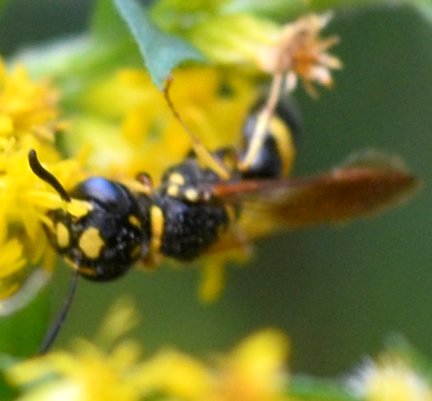
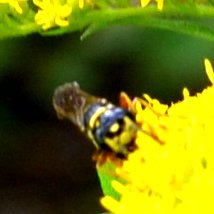
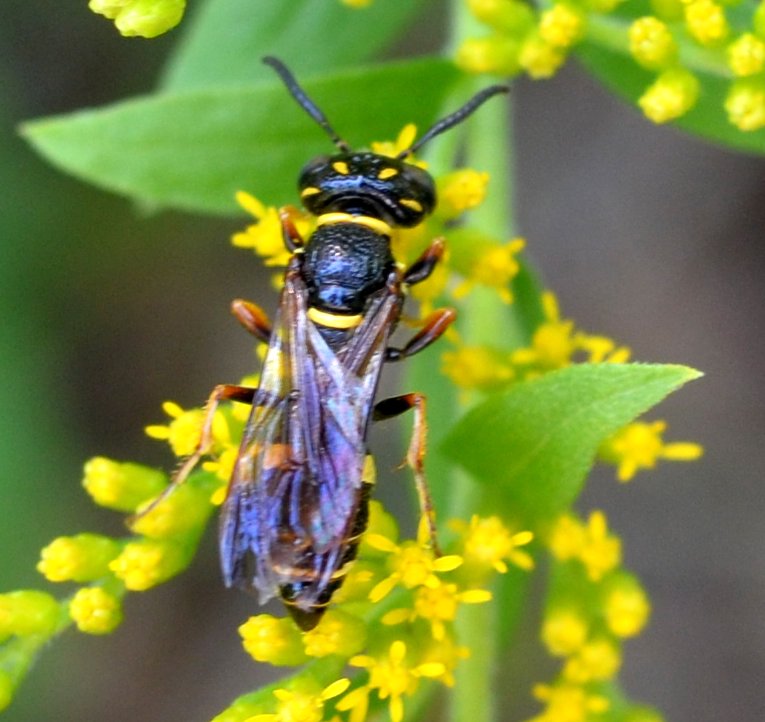
We did have a few unidentified wasps: this one (two images) was caught scurrying around the base of the shop. And someone left this tasty abdomen from a wasp I haven't identified yet.
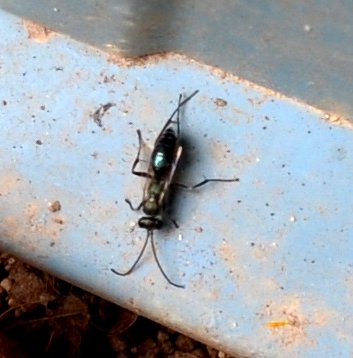
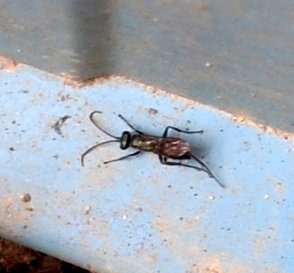
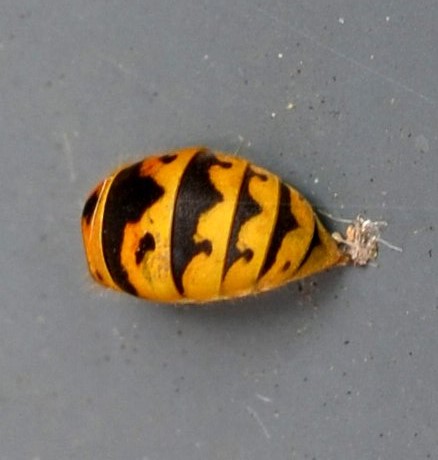
A few more splashes of color. First, the nightshade made bright red berries out of those beautiful tiny purple flowers. I must have stepped, without noticing, on many tiny Dayflowers - these little members of the spiderwort family (but with mirror symmetry in its tiny blue flowers, so bearing 2 petals instead of the family favorite, three). And just one of the several shades of pink (light pale pink, mauve, almost magenta) and purple (light purple, red-violet, blue-violet) as they occur in the aster population. These asters have planted themselves all over the front and back yards, and if I can remember to water thoroughly a couple of times a week next year, it may be a very nice display next autumn or the next. The drought may or may not have taken my primroses down with it, but I'm hoping some restorative rain and snow will bring them back to life.
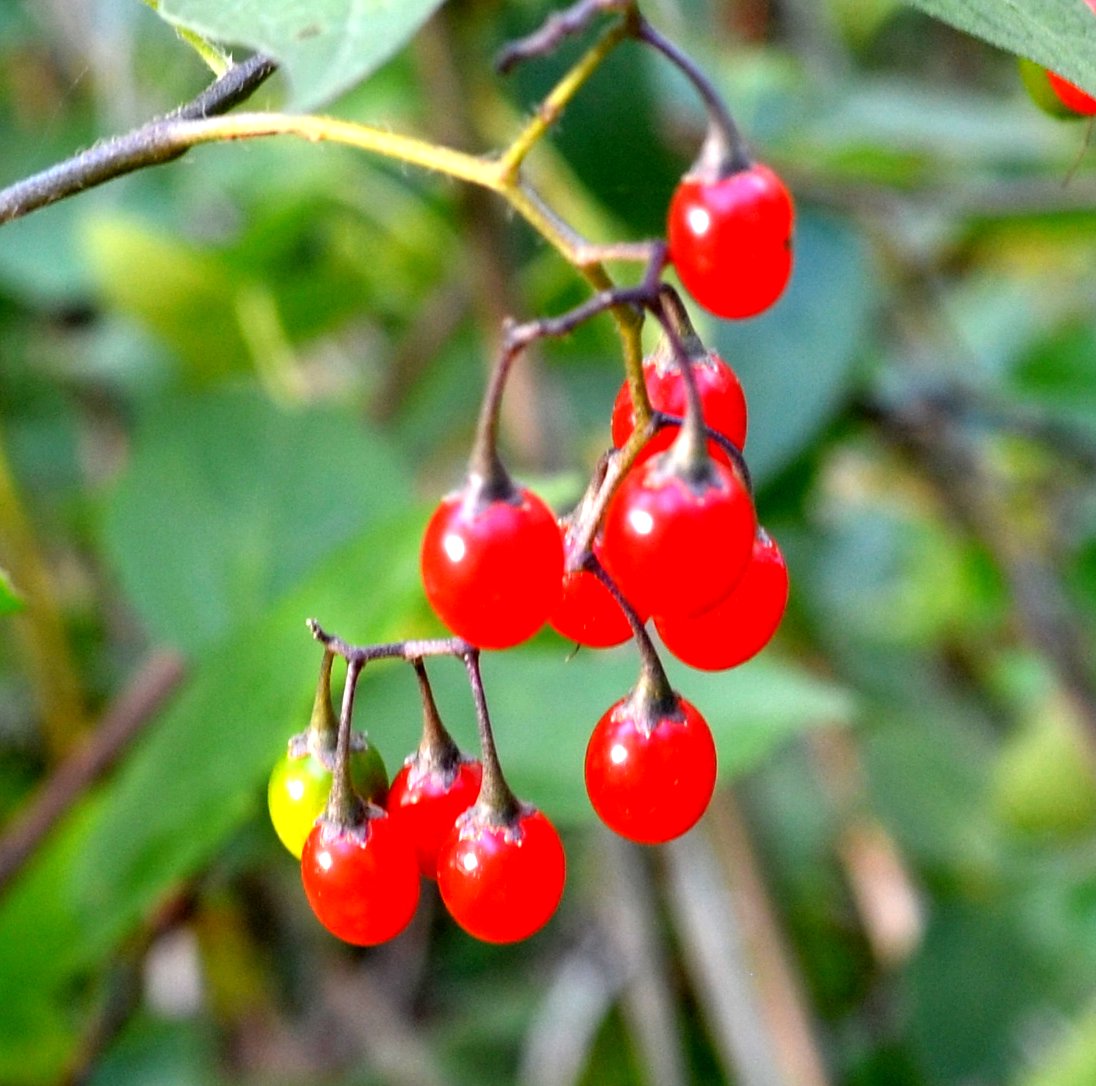
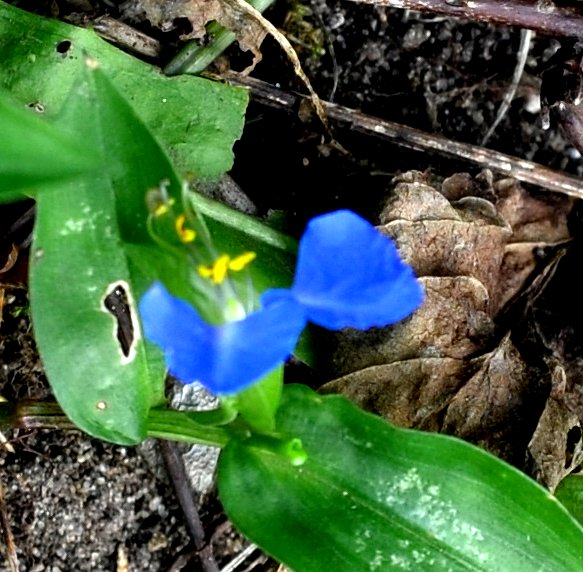

Well, there you are - you've spent most of a perfectly good week longing for waspy pictures from my koi garden. Of course, if you have been paying attention, you know that none of the fish are koi. It is my understanding that if you have koi you will also get great blue herons, who will stand on one leg as they pick off the most beautiful and most expensive fish. They don't seem to be very much fixated on goldfish, even the more exotic ones achieved by interbreeding calico and shubunkin adults, which accounts for the many color patterns in the fishes that were born last year.. Anyway. That's the show from this region of South Central Lower Michigan, where you are most welcome to visit. You can sleep on my new (almost-installed) Murphy bed. :-)
Love, Martha
Back to September 24, 2017
Forward to October 8, 2017
Back to 2017 menu
Back to main menu
copyright Martha O'Kennon 2017


















































































